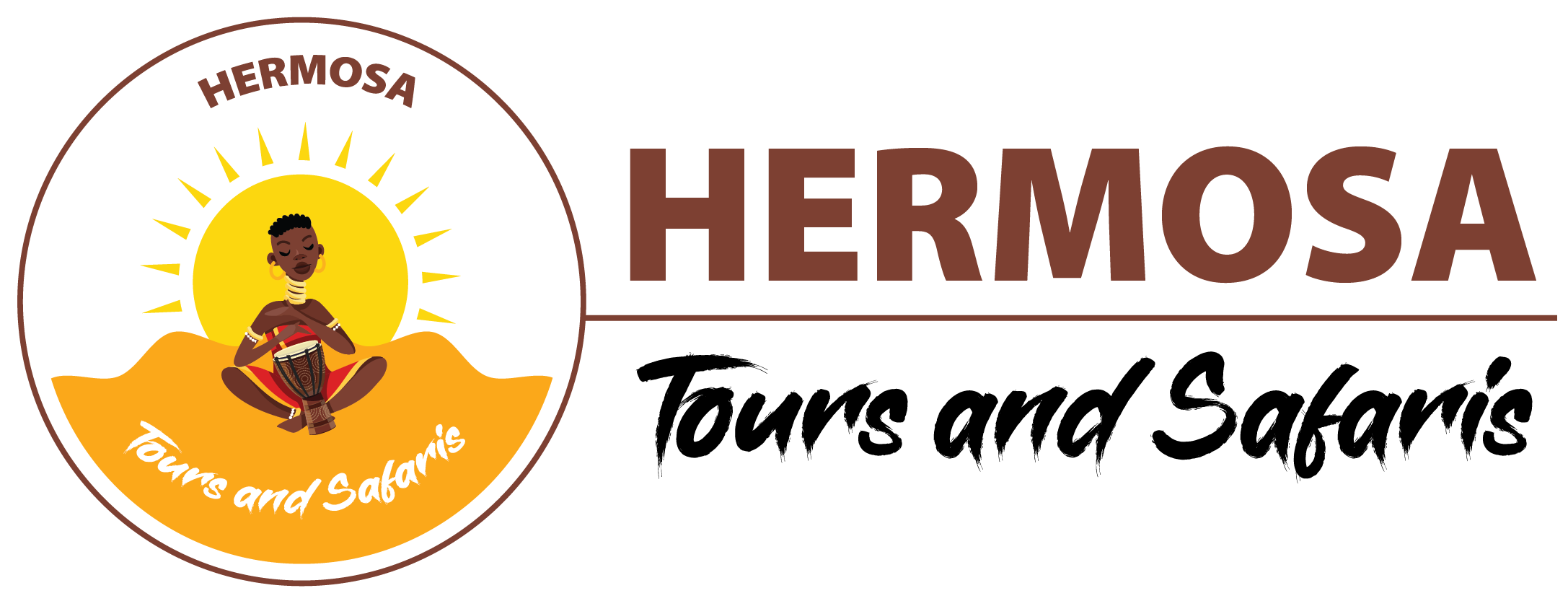{tab Why Visit}

Meru is a stunning, little visited and remote park that was home to George and Joy Adamson in the 60's. In the 1970s it was visited by as many as 30,000 tourists each year, mainly as a result of the film Born Free. Today, you wouldn't visit Meru just to tick off large animals - although they are there - but if you value seclusion and wilderness, it's well worth while visiting one of the smaller camps in Meru for a few days.
When the Adamsons were in Meru, the warden was Peter Jenkins, a legendary figure in the Kenyan wildlife department who was responsible for establishing Meru National Park. In the 80's, Jenkins left and the park went rapidly into free fall. Poaching became rampant and the populations of all the major animals, most notably elephant and rhino, were literally decimated in a matter of months. In the 90's Peter Jenkins son Mark took over as the warden and, against serious odds, managed to restore control, which ultimately paved the way for Meru to begin its recovery.
{tab What To Experience}
The first impression of Meru National Park is that this is a large flat area, dominated by really quite dense acacia and commiphora woodland. The terrain is punctuated by stands of bifurcated doum palms, which lend a wild feel to the landscape. There are, however, few points where you can get any kind of view over Meru National Park. It has 13 permanent rivers that flow out of the Nyambeni hills and drain into the Tana River. The rivers break up the monotony of the open woodland, and are a defining vital life force during the dry season.
[spvideo]https://www.youtube.com/watch?v=4LRkGVhmXx8 [/spvideo]
{tab Where To Go}
Much of Meru is flat or gently undulating and huge areas are thickly covered in a base of tall grass savanna, which makes game-viewing quite challenging during and shortly after the main rainy seasons in May and November. As the dry season sets in, the grass is steadily grazed and it dries up and dies back, allowing much better visibility. Along the watercourses, acacia woodland provides a jungle-like environment and oddly shaped doum palms and venerable baobabs are scattered across the horizon. Coupled with the very low numbers of visitors in the park at any one time, this memorable landscape and its increasingly abundant wildlife make for a compelling combination.
On our visits to Meru in recent years, we’ve had good luck with predator sightings, including lions and cheetahs, and we rate the overall wildlife-viewing here highly. The characteristic northern varieties of plains mammals are easily seen – magnificent reticulated giraffe, fine-striped Grevy’s zebra, dapper Beisa oryx, skittish and beautifully marked lesser kudu and the distinctively long-necked browsing gerenuk gazelle. You’ll also see Grant's gazelles (though not Thomson’s) and some of the biggest herds of buffalo you’ll encounter anywhere in Kenya, as well as good numbers of elephants. All the mammals thrive because of Meru’s abundant water, and in many of the streams and rivers you can see crocodiles, freshwater turtles and hippos.
Birdlife in Meru National Park is exceptional. As well as unmistakable ostriches and the smartly plumaged vulturine guineafowl that you’ll see as you drive around, look out for red-necked falcons, which nest in the stands of doum palms, and after dark the remarkable Pel’s fishing owl, a rare and very large owl with a wingspan of around 1.5m. You’re most likely to identify by its unusual call – a deep, horn-like note, audible for a couple of kilometres. Characteristic of the streams is the African finfoot (much sought-after by birdwatchers), though these are hard to see from the banks, and you’ll probably have more luck with kingfishers, including the ubiquitous pied and more elusive giant kingfisher. The forested areas along the watercourses are also good for specialist flower-feeding sunbirds, including the smaller black-bellied sunbird that feeds on parasitic Loranthus flowers growing in riverbank acacias. If you’re a keen birder, you’ll also want to spot some of the park’s four species of honey guides – and you won’t need reminding to look out for flocks of gloriously coloured golden-breasted starlings, for which Meru National Park is a stronghold.
Meru Rhino Sanctuary
One of Meru’s biggest draws is its successful rhino sanctuary. This secure area within the park, beside the western boundary near the main gate, now covers a substantial 80km². Protected by fencing that allows free movement to smaller animals, and by numerous rangers, the 40-odd white rhinos are doing well – although the 20-odd black rhinos tend to suffer from tsetse flies. All of them are monitored around the clock and are well habituated to visitors, so sightings can be very good, and you should have time to take pictures at close range
Although most of Meru is flat, the drier parts of the south and east of the park are scattered with rocky ridges and kopjes, of which Mughwango Hill, occupied by Elsa’s Kopje, is the most iconic example. The swamps in the northern part of the park are also a major feature: the most permanent – Mulika, Mururi and Bwatherongi
– make particularly good targets for game drives during the dry season, when they can be full of buffalo and big herds of elephants. Mururi swamp and part of Bwatherongi swamp are inside the rhino sanctuary. The other major landmark in the park is Adamson’s Falls, a series of fast rapids where the broad Tana River flows through a district of hard rock. Getting down here takes a good couple of hours, so the area is most commonly visited as a full-day trip.
{/tabs}



